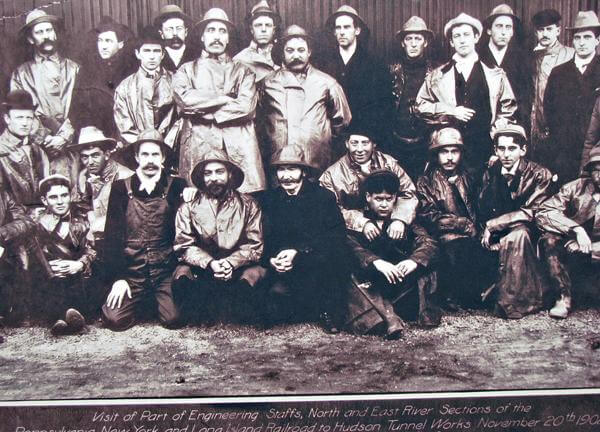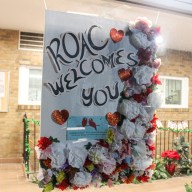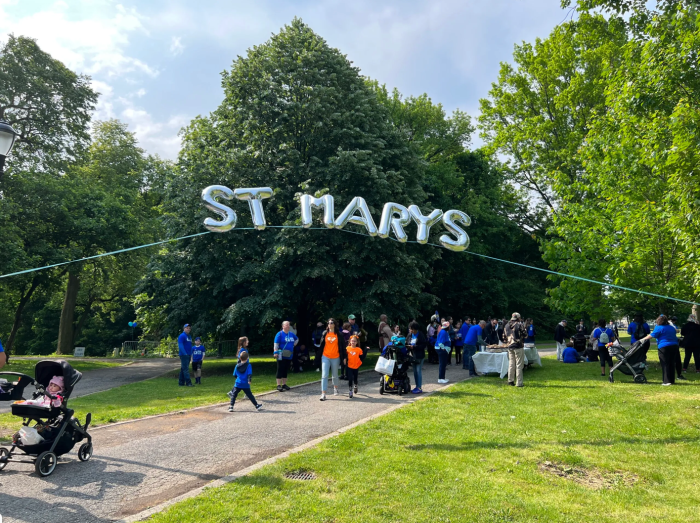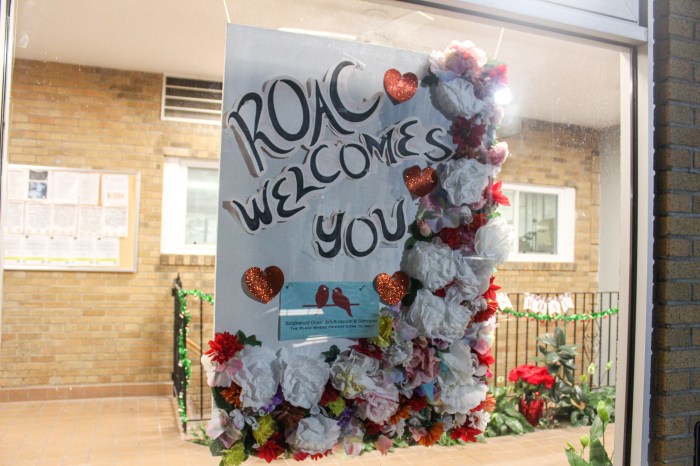By Philip Newman
It was a century ago that Long Island Rail Road trains first ran beneath the East River, speeding the trip of Queens, Brooklyn and Long Island riders who no longer had to transfer to ferries on their way to Manhattan.
The LIRR is commemorating the birthday of four East River tunnels with a photographic exhibit showing events of what was a revolutionary event Sept. 8, 1910. The photos are on the left if you are entering the LIRR station from West 34th Street.
“More than 100,000 of our customers use the East River tunnels and Penn Station each work day to get to their jobs and visit New York City, making it a major part of the busiest commuter network in North America,” said LIRR President Helena Williams.
“It’s only right that we recognize the great achievement of those engineers, transportation experts and sandhogs that made today’s Long Island Rail Road system possible,” she said.
The tunnels were only one part of Pennsylvania Railroad President Alexander Casatt’s master plan to compete with Cornelius Vanderbilt’s New York Central Rail Road, and it included the magnificent Pennsylvania Station, which opened in 1910.
The cost of the entire project, which also included the Sunnyside rail yards in Queens, came to $114 million, which in 2010 dollars would be $2.5 billion to $3 billion.
The tunnels, which replaced the many ferry boats used by LIRR riders crossing the East River, began at Seventh Avenue in Manhattan and ended at Hunters Point Avenue in Long Island City.
It required six years of boring 50 feet below the river bottom to complete the tunnels. Sandhogs worked in mud, gravel and occasional quicksand and survived occasional misdirected dynamite blasts.
Since the tunnels opened, they have undergone $147 million worth of upgrading and improvements, including modern ventilation and electrical systems, lighting and communication systems.
Many of the photos are of the construction of Pennsylvania Station, an elegant terminal with 150-foot ceilings in its main concourse and designed by the renowned architectural firm of McKim Mead and White.
The station once had five restaurants, including an informal luncheonette. The 1950s-era menu lists a variety of entrees, including Minute Steak, all under $2.
The Pennsylvania Railroad ran into financial straits in the early 1960s as automobiles and airlines replaced rail travel and commercial developers sought the valuable land where the terminal stood. The destruction of the beautiful structure led to the landmarks preservation movement.
“The anniversary and this photo exhibit reminds us of our responsibility as a region to continue to invest in transportation infrastructure to protect what we have in our transit system and to pave the way for future improvements,” Williams said.
Reach contributing writer Philip Newman by e-mail at timesledgernews@cnglocal.com or phone at 718-260-4536.































